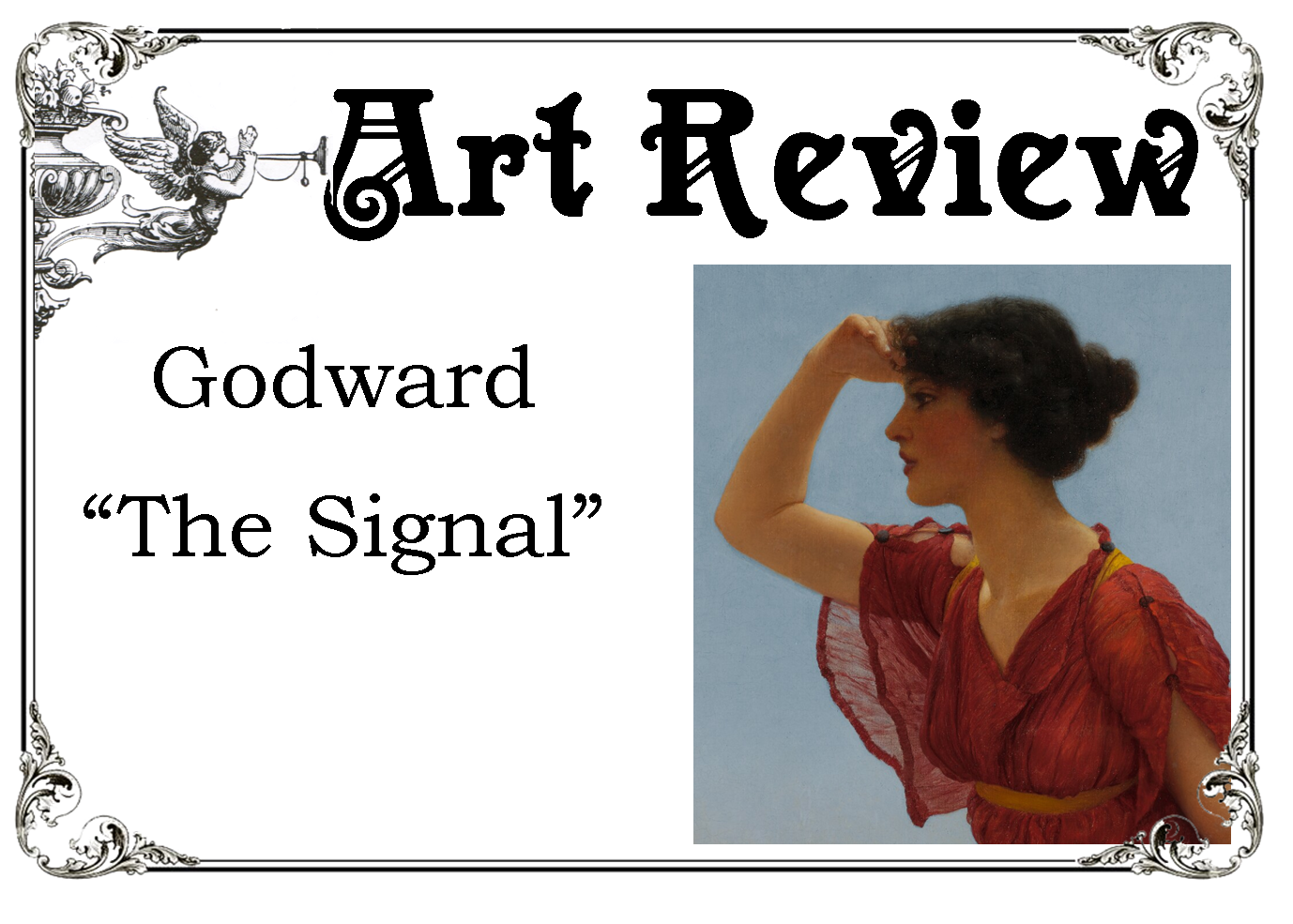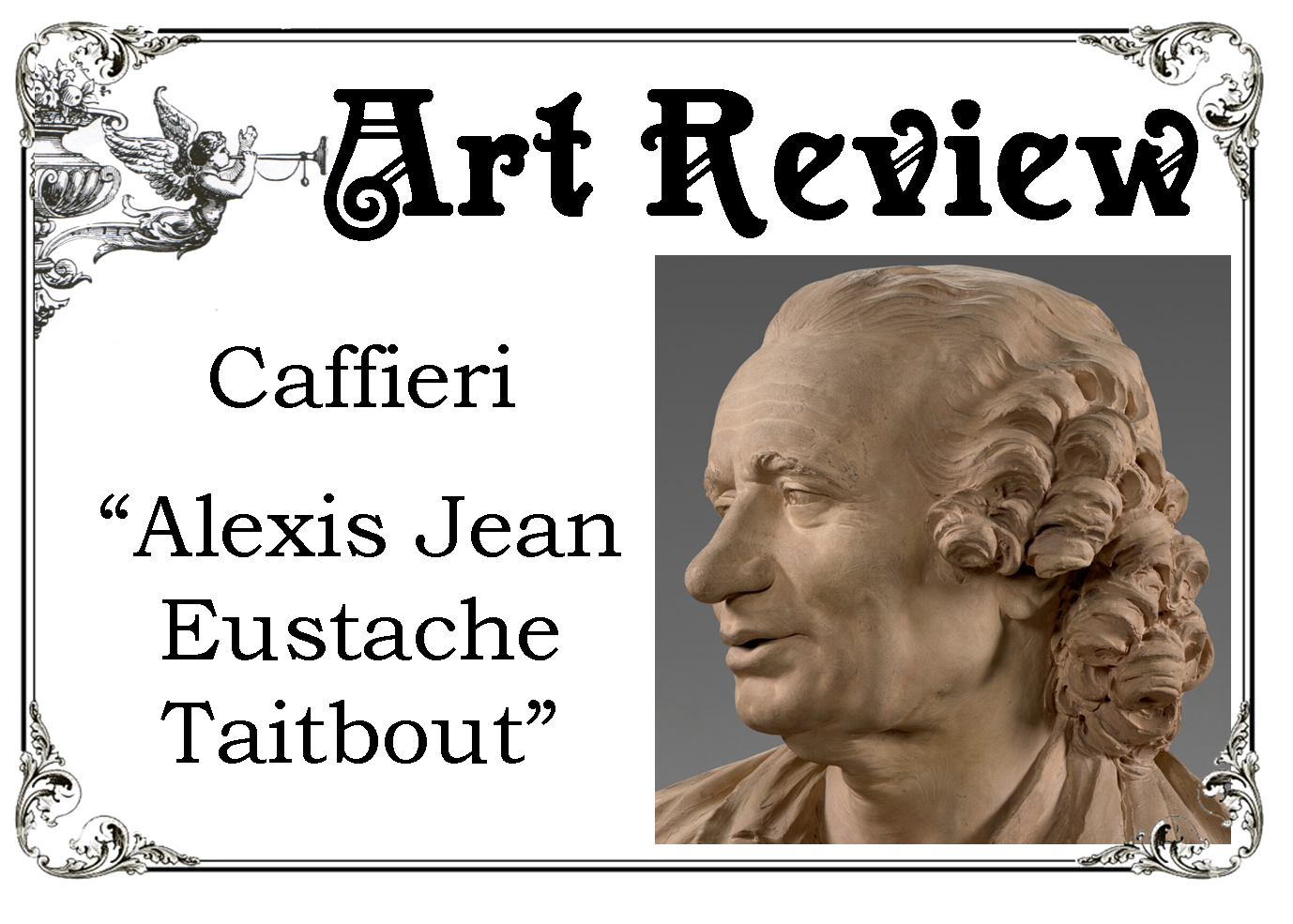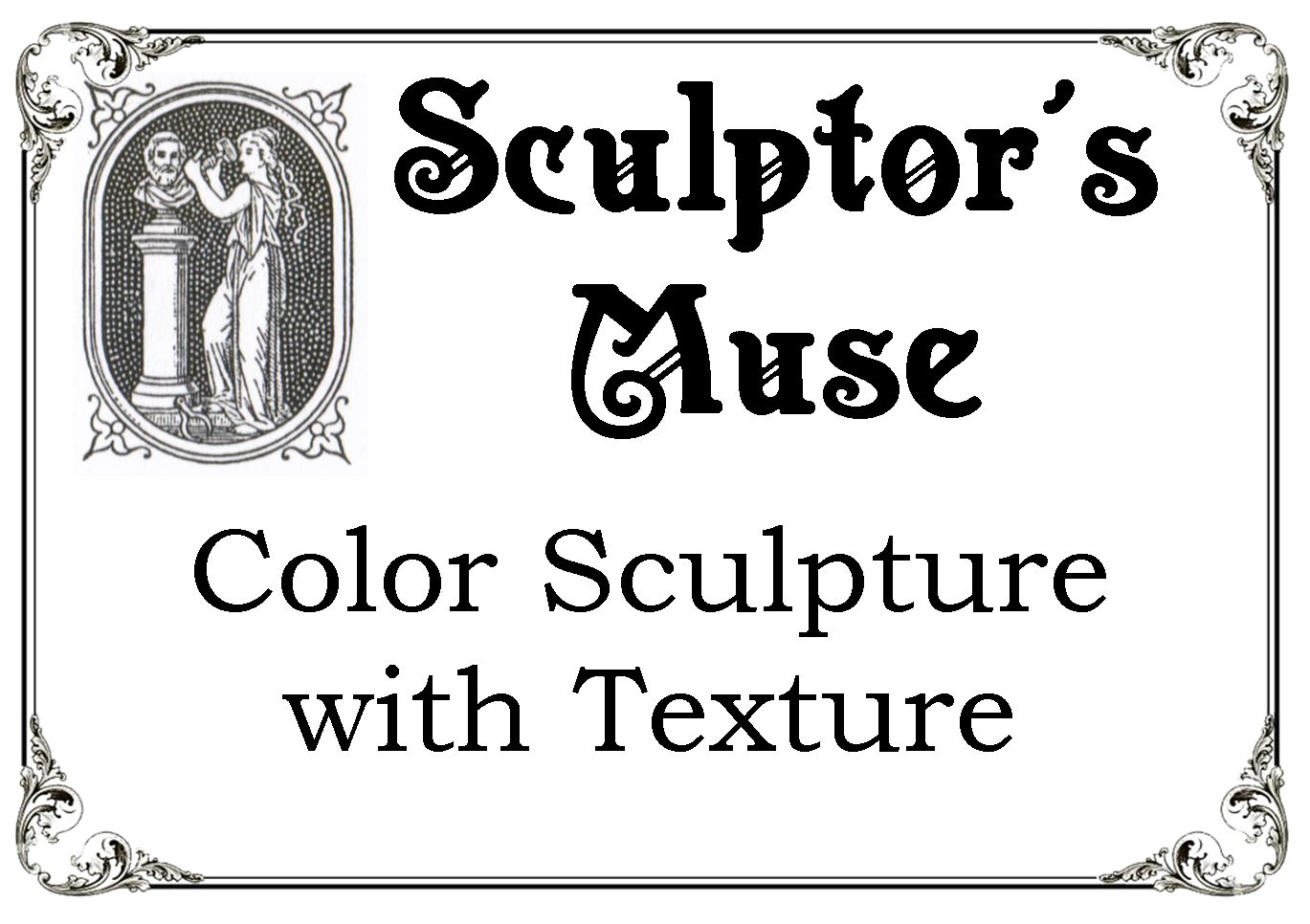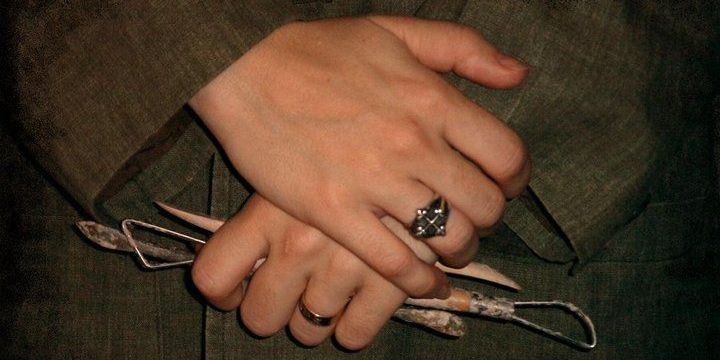
Sculptor's Muse: the Art of Bronze Patinas
A patina is the color that is put on a finished bronze sculpture. Most people think it is a paint brushed on the surface of the bronze, however, a patina is created with heat or cold and various chemicals. After the patina is applied then the sculpture is sealed to slow the oxidization process ('oxidation' changes the color, usually slowly going darker as seen on antique bronze sculptures. If they are outside, sculptures may even turn verdi-gris over the years depending on the chemicals present in the air and rain.) After the sealer is applied, I then add a finish of wax to soften the shiny gloss of the sealer.
Some patinas have been handed down from centuries past and are quite standard fare now. For instance the 'French brown' is a traditional patina that I put on most of my bronzes. I also use it for all the skin tones when there may be a different colored patina elsewhere in the sculpture. The photo below of Gen Koscisuzko with his Aide de Camp Agrippa Hull shows this traditional "French Brown" patina.
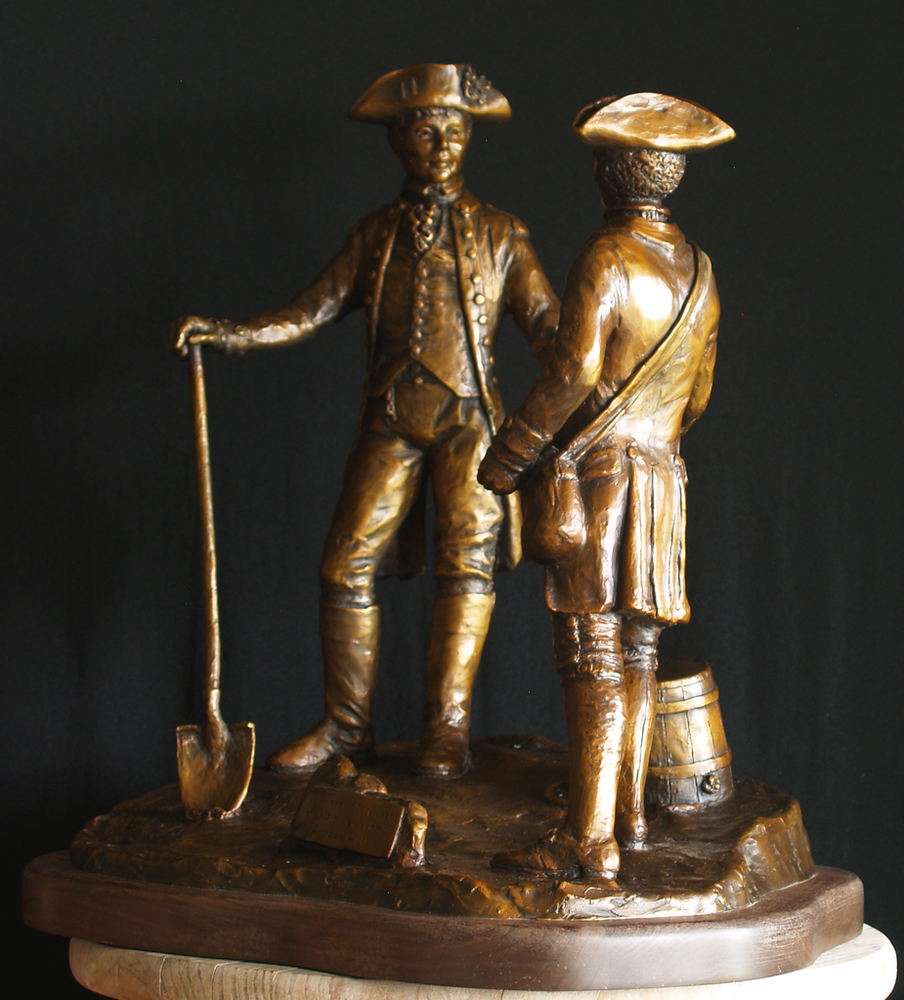
Whereas, the sculpture of Tres Amigas, shows the various colors of patina while the skin tones remain the traditional French brown. (below)

With each bronze cast by the foundry, I direct the patineur with the patina I want for each sculpture. On some sculptures, I, as the sculptor, direct a slightly different patina if I want to emphasize a different element or give a more unique look to each bronze. The beauty of the patina gives each bronze - even those in limited editions - their own individual beauty. The photos below show two bronzes from the same edition, but with different patinas. One with a turquoise look, another with lighter and 'lacey' look. Both of these patinas are more complex being built up by the patineur in layers of color and chemicals.

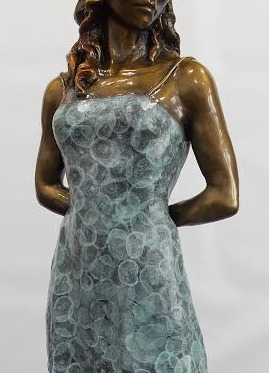
The 'art' of the patina lies with the sculptor. Color is a great thing, but if the color of the patina overwhelms the figure of the sculpture, then what is to be communicated through the figures is no longer clear, but is being shouted out by a peripheral element. The art of knowing which patina to use and how much, is the sculptor's responsibility.
My latest bronzes of two sisters are shown below. At first I was going to use the traditional French brown on the entire sculptures. However, one important element that tied the sisters together was their attending ballet classes together. With a solid patina over them, then the close fitting leotard, tights and shoes were 'lost'. So I chose to use a slightly silver patina for the tights and shoes. Now, traditionally, beginning ballerinas have light pink shoes and tights, however, I felt that any 'pink' translated in the patina of the bronze would come across as 'too much' and detract from the sculptures as there would be no other 'color' on them. For the leotards I chose a very soft black patina, again, a glossy dark contrast of a dark opaque black would detract from the figures. I wanted to give 'just enough' information to the viewer that they were in leotards, tights and ballet shoes through the patina - thus emphasizing and enhancing the figures and what they are communicating: Sisters enjoying dance, enjoying each other, each with her own beauty, the older one with grace and quiet introspection, the younger one with a spunky, fun loving attitude towards life.
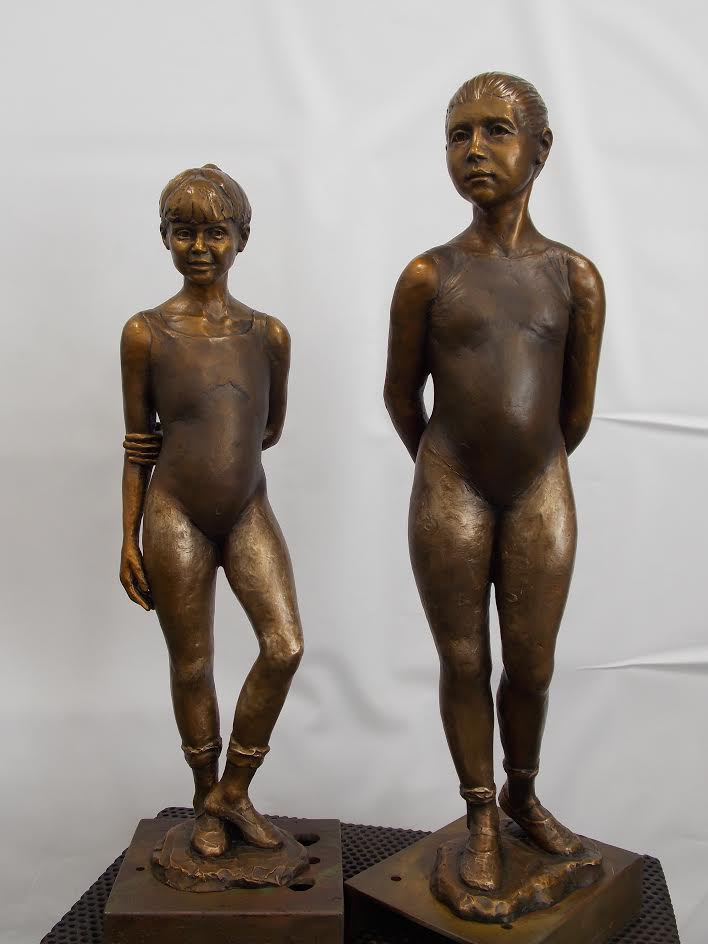
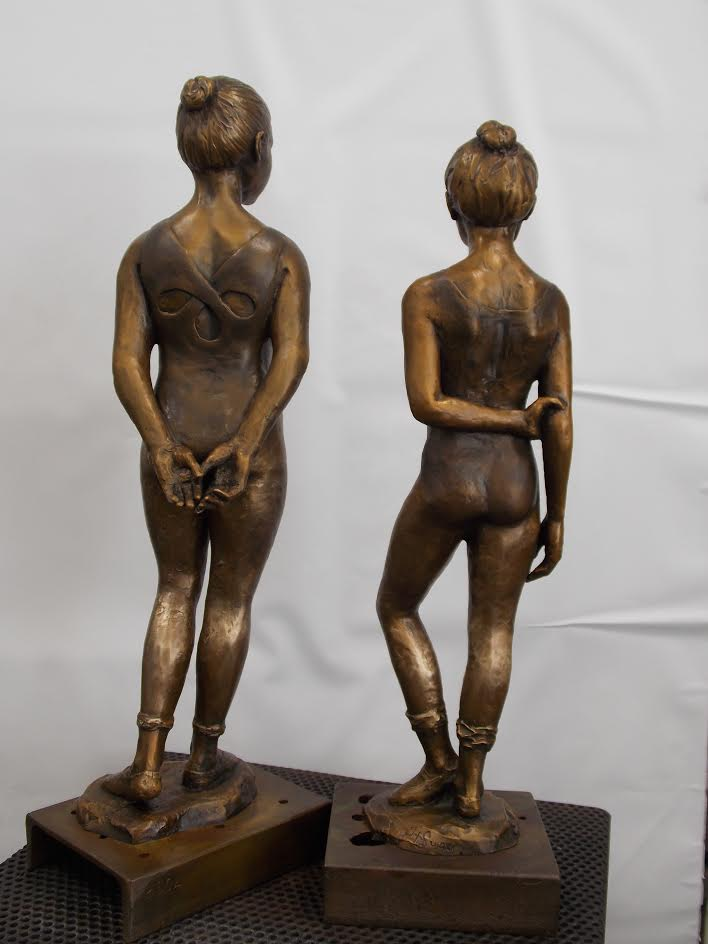
So, for these two sculptures I directed a more subtle patina. The "Art" of the sculptor goes beyond mere modeling of the figure.
To leave a comment you must be logged into Facebook on your device.









